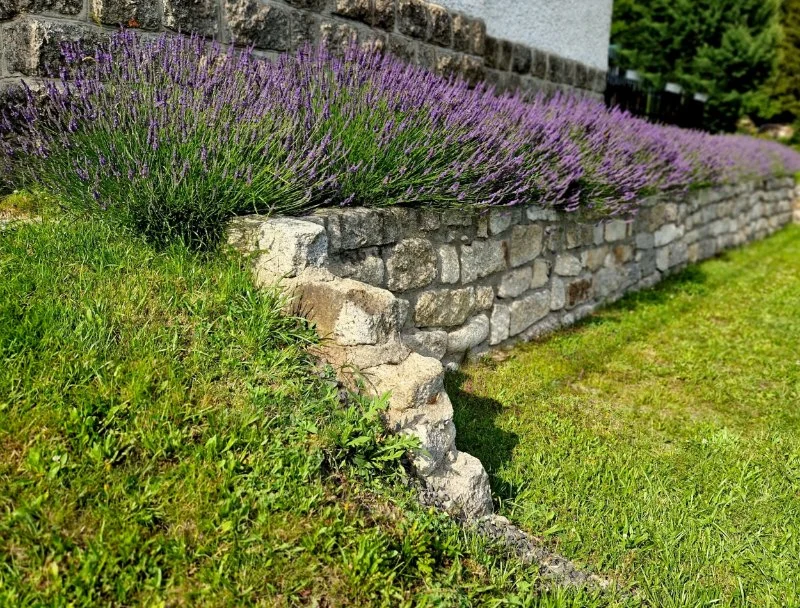
- Why Soil Erosion Is a Concern
- Understanding the Causes of Soil Erosion
- Natural Methods to Prevent Soil Erosion
- Planting Strategies to Reduce Erosion
- Real-World Examples of Effective Erosion Control
- How Beautiful Landscapes Can Help You Prevent Erosion
Why Soil Erosion Is a Concern
Soil erosion is a major issue for homeowners, gardeners, and landscapers, especially in areas with heavy rainfall or sloped terrain. Erosion can strip away the topsoil, which is crucial for healthy plant growth, and it can lead to reduced fertility, water runoff problems, and even the destruction of structures and landscapes. While retaining walls are a common solution, they can be expensive and may not always be the best fit for every property. Luckily, there are many natural and eco-friendly alternatives to prevent soil erosion without the need for these costly structures.

RAL Landscaping & Garden Center
6616 W Lincoln Hwy, Crown Point, IN 46307, USA
Understanding the Causes of Soil Erosion
Soil erosion typically occurs when wind, water, or human activities disturb the soil, causing particles to be carried away. The primary causes include:
- Water Runoff: Heavy rainfall can wash away the top layer of soil, especially in areas with poor vegetation.
- Wind: Wind erosion occurs in dry, bare areas where vegetation is sparse, such as deserts or dry farmland.
- Human Activity: Activities like construction, farming, and overgrazing can disturb the soil and make it more prone to erosion.
Understanding these causes is essential to implementing effective, natural erosion control methods that work with the environment rather than against it.
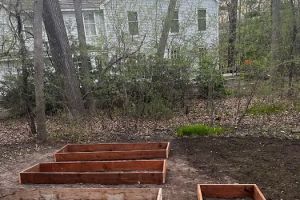
Acosta & Son's Lawn & Garden Maintenance LLC
2119 Emmaus Ave, Zion, IL 60099, USA
Natural Methods to Prevent Soil Erosion
There are several effective, low-cost ways to prevent soil erosion naturally. Here are some of the most common and sustainable solutions:
- Ground Cover Plants: Using ground cover plants like clover, moss, or native grasses helps to hold the soil in place. These plants form a protective layer that prevents the soil from being washed away by rain or blown away by wind.
- Mulching: Applying a layer of mulch around plants helps to retain moisture, protect the soil from erosion, and improve the health of the soil. Organic mulches, like straw or wood chips, break down over time, enriching the soil.
- Terracing: On slopes, creating terraces helps slow down water runoff, reducing the risk of erosion. This method has been used for centuries in agricultural landscapes around the world.
- Rain Gardens: Rain gardens are strategically placed areas designed to capture and manage stormwater runoff. By planting water-tolerant plants in these gardens, you can reduce water flow over vulnerable areas of your landscape.
- Composting: Composting organic material can improve soil structure, helping it absorb water better and resist erosion. Compost increases soil fertility, making the ground more stable and less prone to erosion.
These techniques not only help to prevent erosion but also improve soil health, making your garden more sustainable in the long run.
Planting Strategies to Reduce Erosion
Strategic planting plays a critical role in soil erosion prevention. The key is to select plants that can hold the soil together, absorb excess water, and reduce runoff.
- Native Grasses and Wildflowers: Native plants are adapted to the local climate and soil conditions, making them more effective in preventing erosion. Their deep roots help anchor the soil and improve its structure.
- Cover Crops: Planting cover crops like vetch or ryegrass in the fall can protect the soil during the winter months when erosion risk is high.
- Ground Covers: Low-growing ground covers, such as creeping thyme or ivy, provide a thick mat of vegetation that protects the soil from wind and rain.
- Tree Planting: Planting trees and shrubs along the perimeter of your property or on sloped areas provides deep root systems that can stabilize the soil and prevent erosion.
Using these plants in combination with other methods such as mulching and composting will maximize the effectiveness of your erosion control efforts.
Real-World Examples of Effective Erosion Control
There are many inspiring examples of natural erosion control being implemented successfully across the U.S. For example, a community in Oregon used native plantings and terracing to restore a hillside that had been eroding due to heavy rains. By planting native grasses and installing swales to direct water flow, they were able to reduce erosion significantly and transform the area into a lush, thriving landscape.
Another example is a residential project in California where homeowners used a combination of ground covers, mulch, and rain gardens to prevent erosion in their sloped backyard. The result was a beautiful garden that also functioned as an effective erosion control system.
These real-world examples show that with the right techniques, anyone can combat soil erosion naturally, even in challenging landscapes.
How Beautiful Landscapes Can Help You Prevent Erosion
At Beautiful Landscapes, we specialize in providing sustainable landscaping solutions that not only enhance the beauty of your property but also protect it from environmental challenges like soil erosion. Our expert team can guide you through the best erosion control methods tailored to your specific needs, whether you’re dealing with a sloped backyard, heavy rainfall, or dry conditions.
Visit Beautiful Landscapes for personalized landscaping advice, erosion control products, and expert services designed to create lasting beauty and protection for your home and garden.

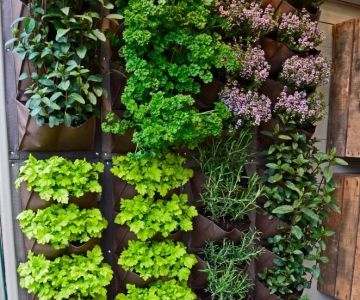

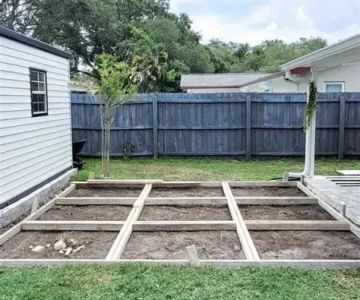
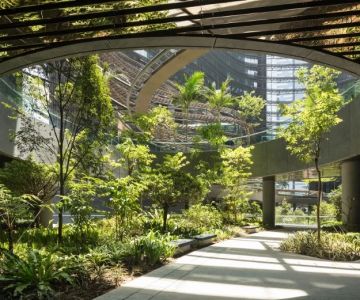

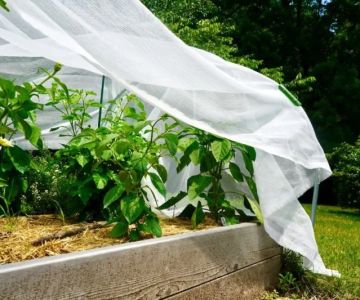
 Silva Residential landscaping5.0 (1 reviews)
Silva Residential landscaping5.0 (1 reviews)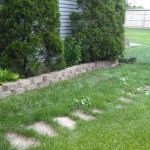 Tameling's Landscape Supply4.0 (72 reviews)
Tameling's Landscape Supply4.0 (72 reviews) Gteam Services3.0 (1 reviews)
Gteam Services3.0 (1 reviews) Landscaping,Excavating, and Forestry3.0 (10 reviews)
Landscaping,Excavating, and Forestry3.0 (10 reviews) Duggins Lawn Care & Landscaping5.0 (9 reviews)
Duggins Lawn Care & Landscaping5.0 (9 reviews) Prime Cut Lawn Care3.0 (9 reviews)
Prime Cut Lawn Care3.0 (9 reviews) How to Incorporate Steps & Elevation Into Design for a Beautiful Outdoor Space
How to Incorporate Steps & Elevation Into Design for a Beautiful Outdoor Space How to Landscape a Rooftop Garden for Relaxation | Beautiful Rooftop Designs
How to Landscape a Rooftop Garden for Relaxation | Beautiful Rooftop Designs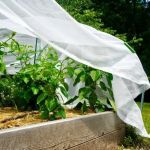 How to Protect Plants During Heat Waves
How to Protect Plants During Heat Waves How to Use Garden Art to Add Personality to Your Outdoor Space
How to Use Garden Art to Add Personality to Your Outdoor Space How to Landscape for Seasonal Wildlife Attraction in Your Garden
How to Landscape for Seasonal Wildlife Attraction in Your Garden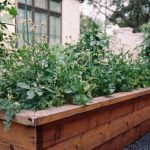 How to Use Planters to Extend Planting Zones and Grow More Plants
How to Use Planters to Extend Planting Zones and Grow More Plants